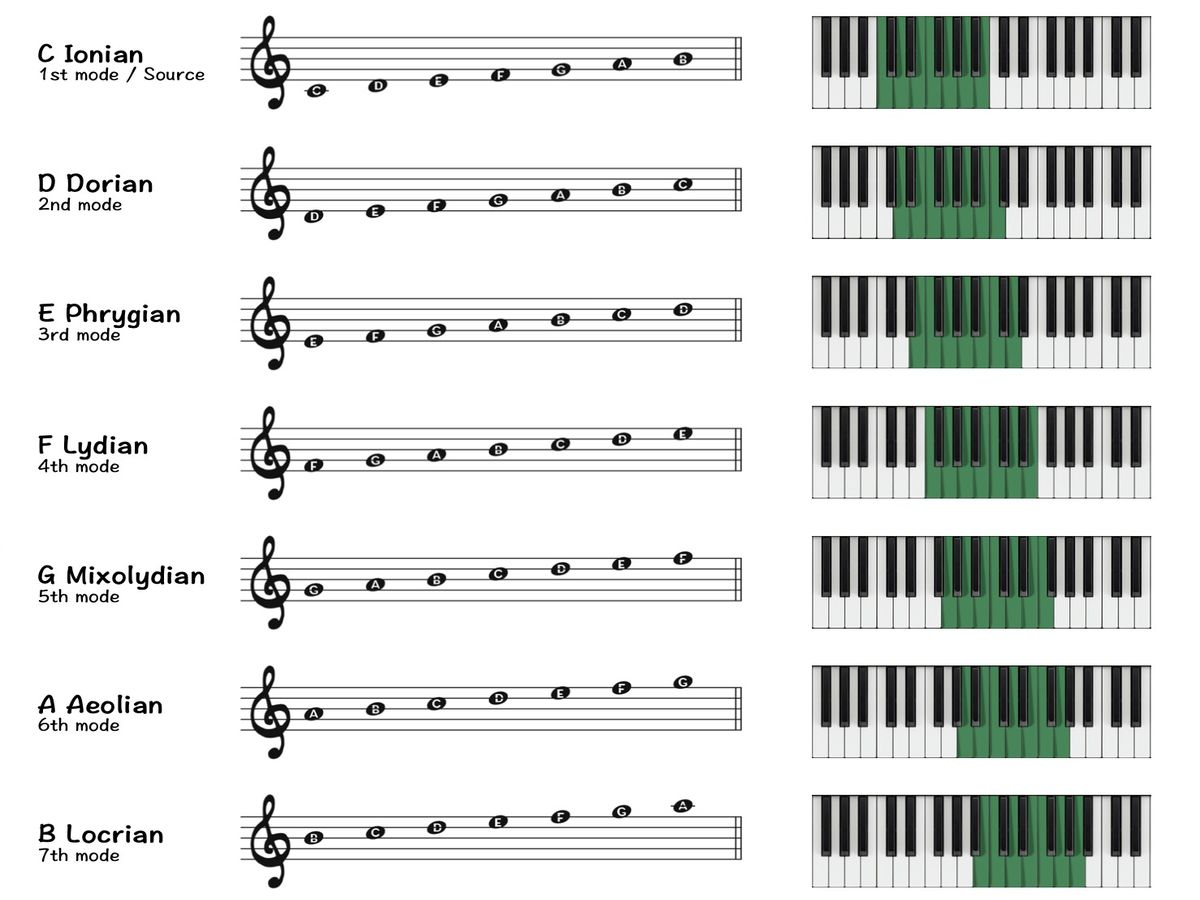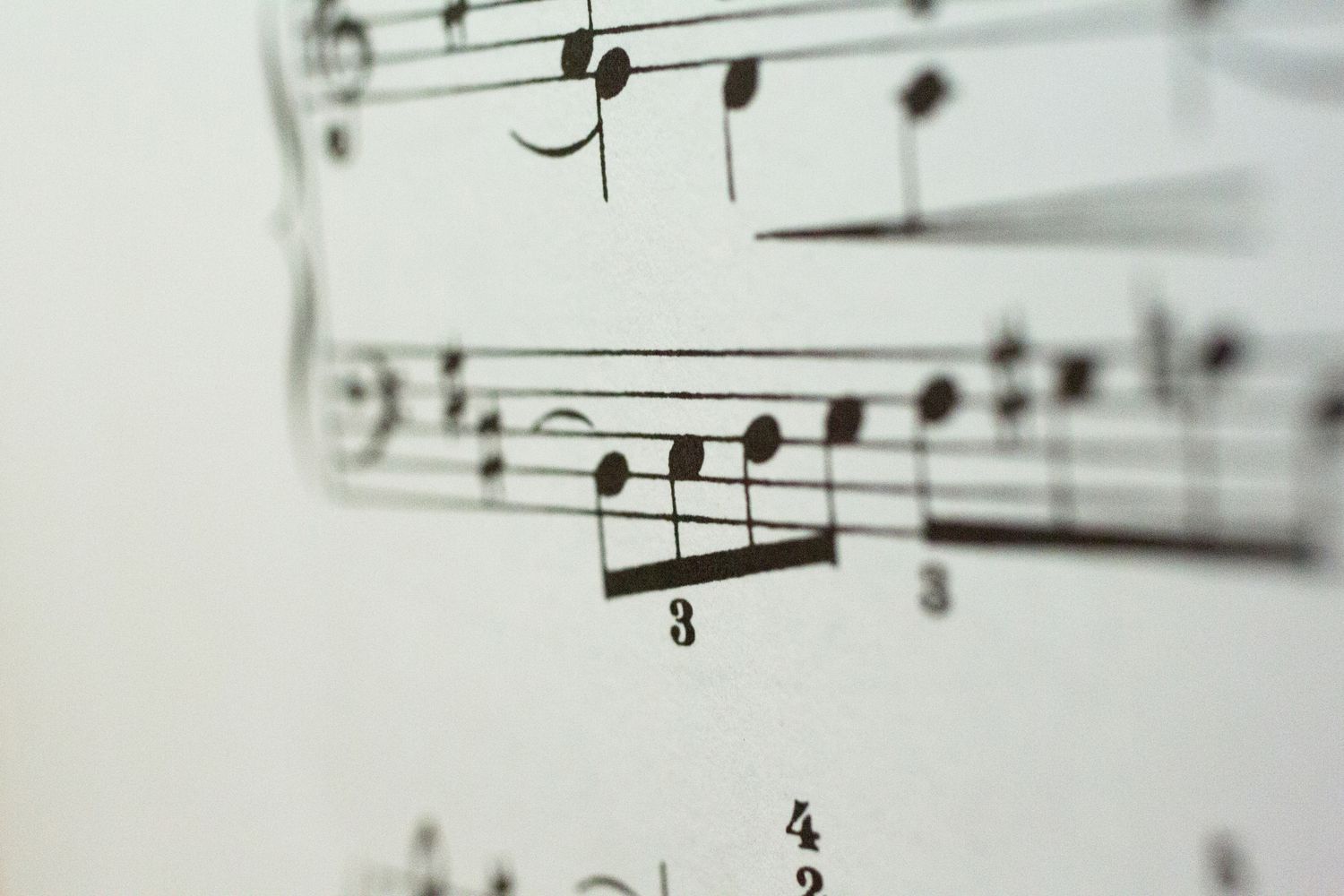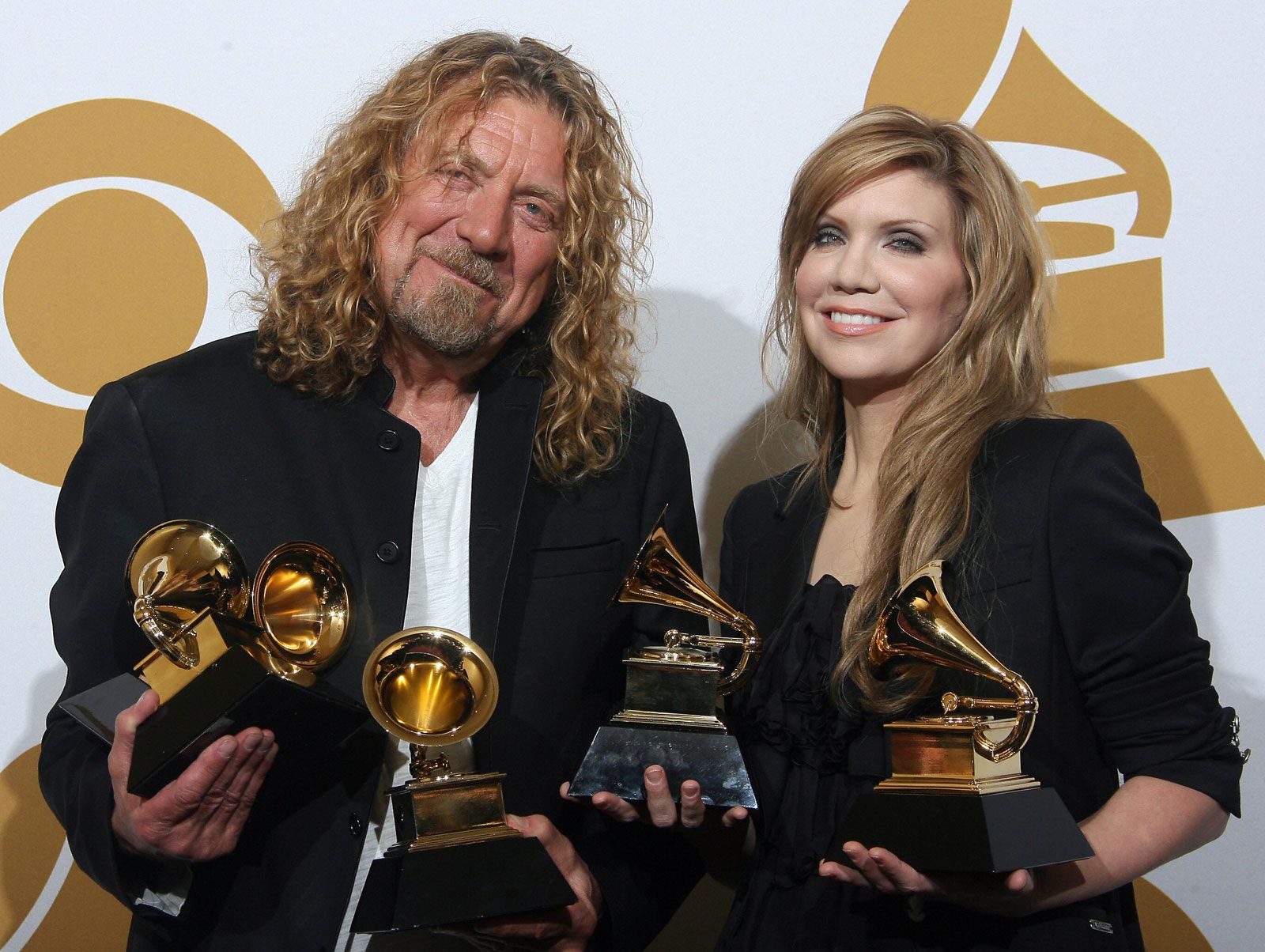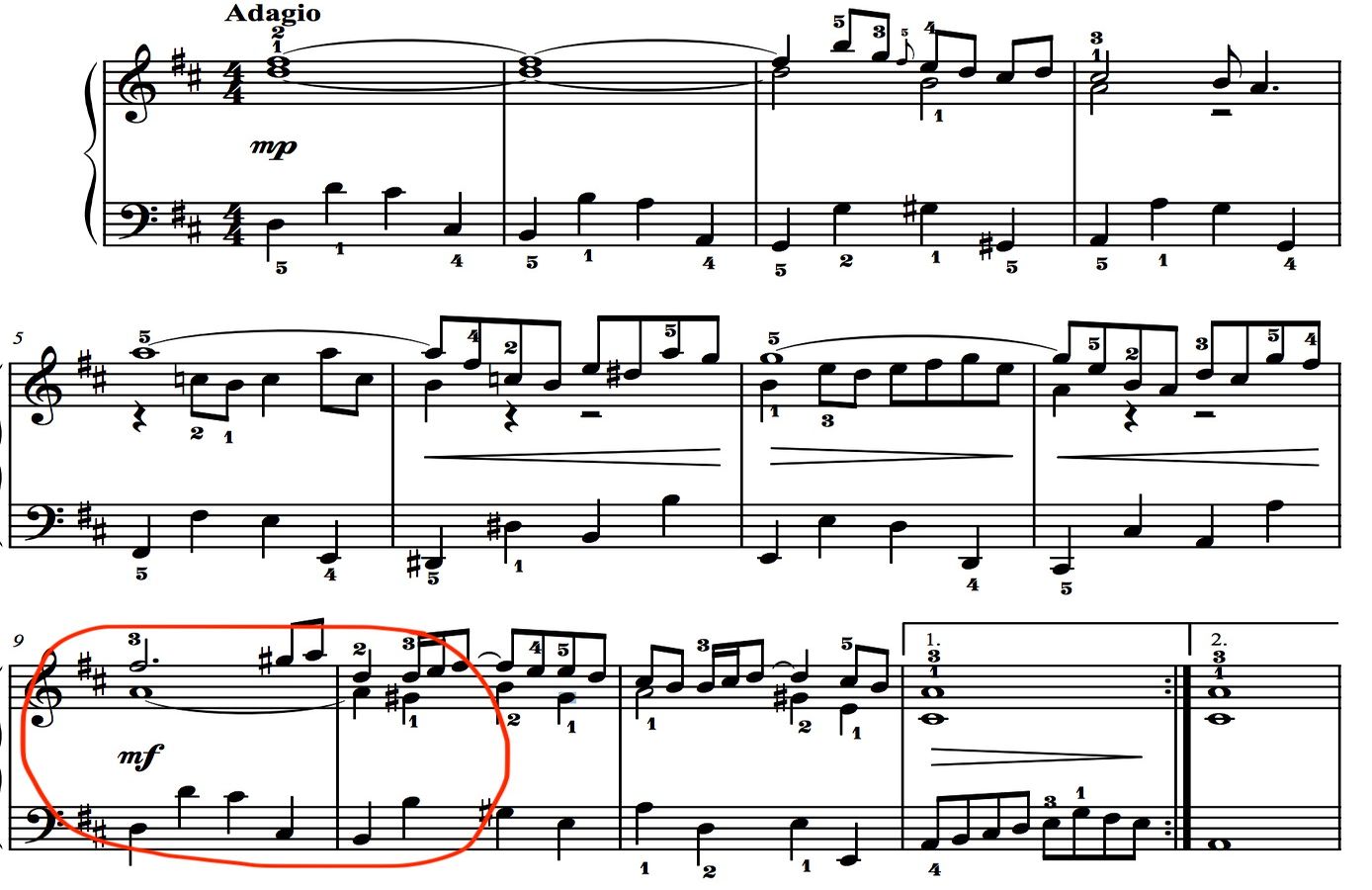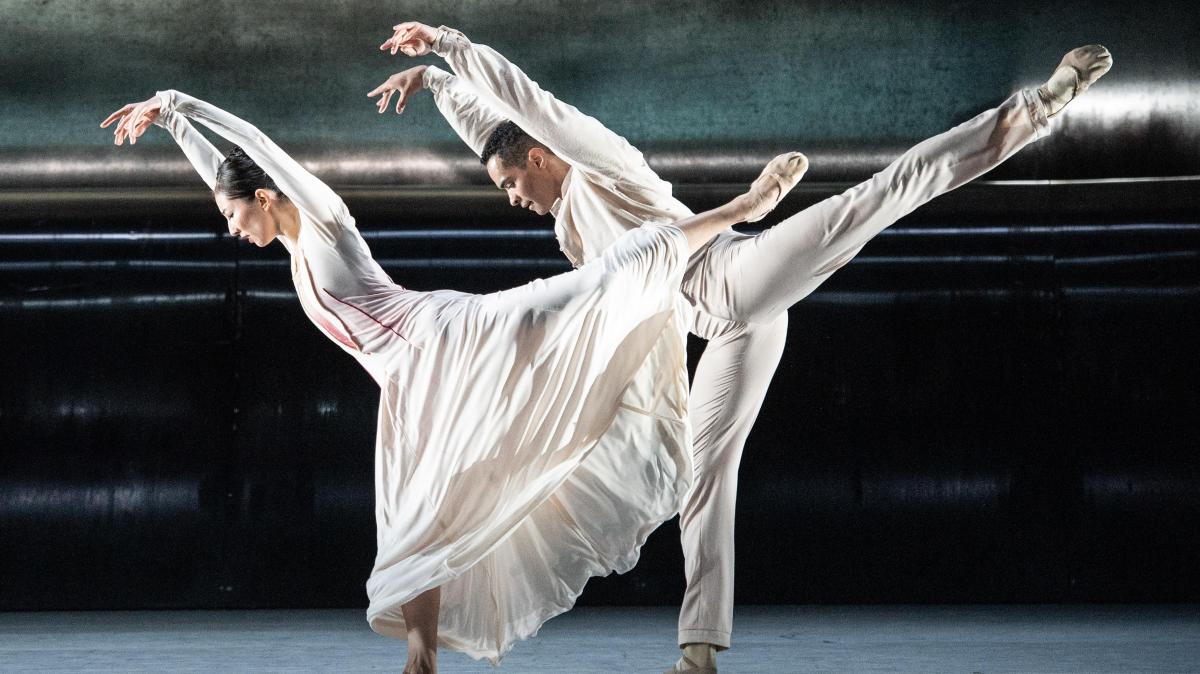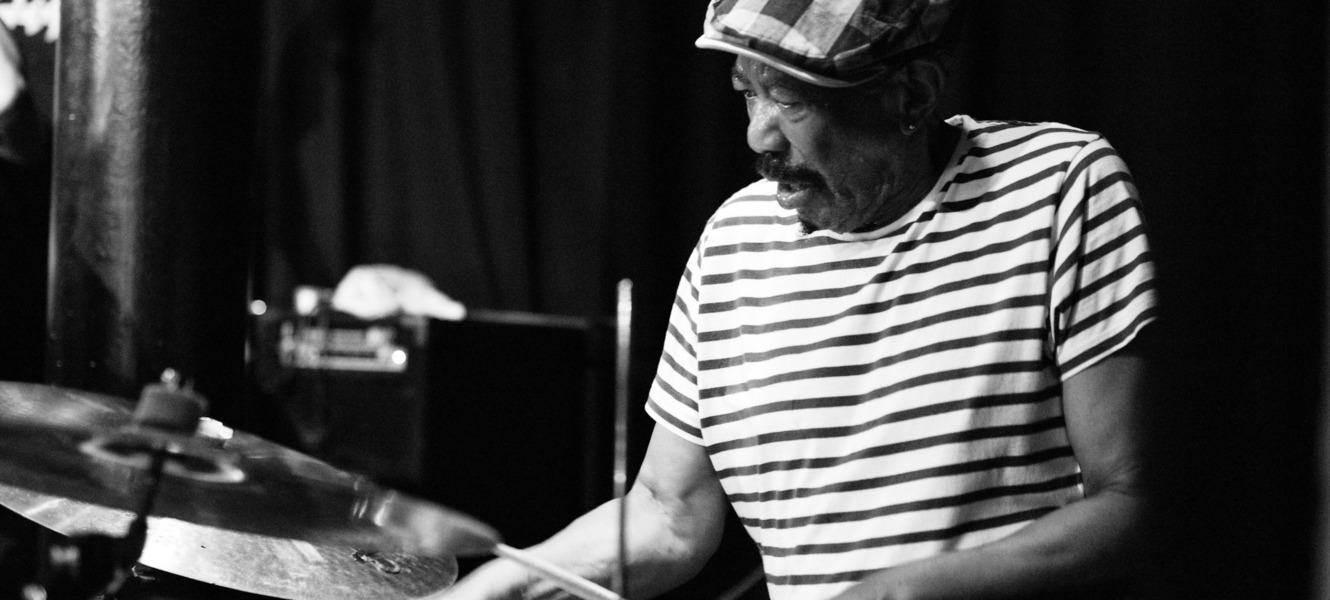Home>Events & Info>Note>What Is A Music Note Symbol Called
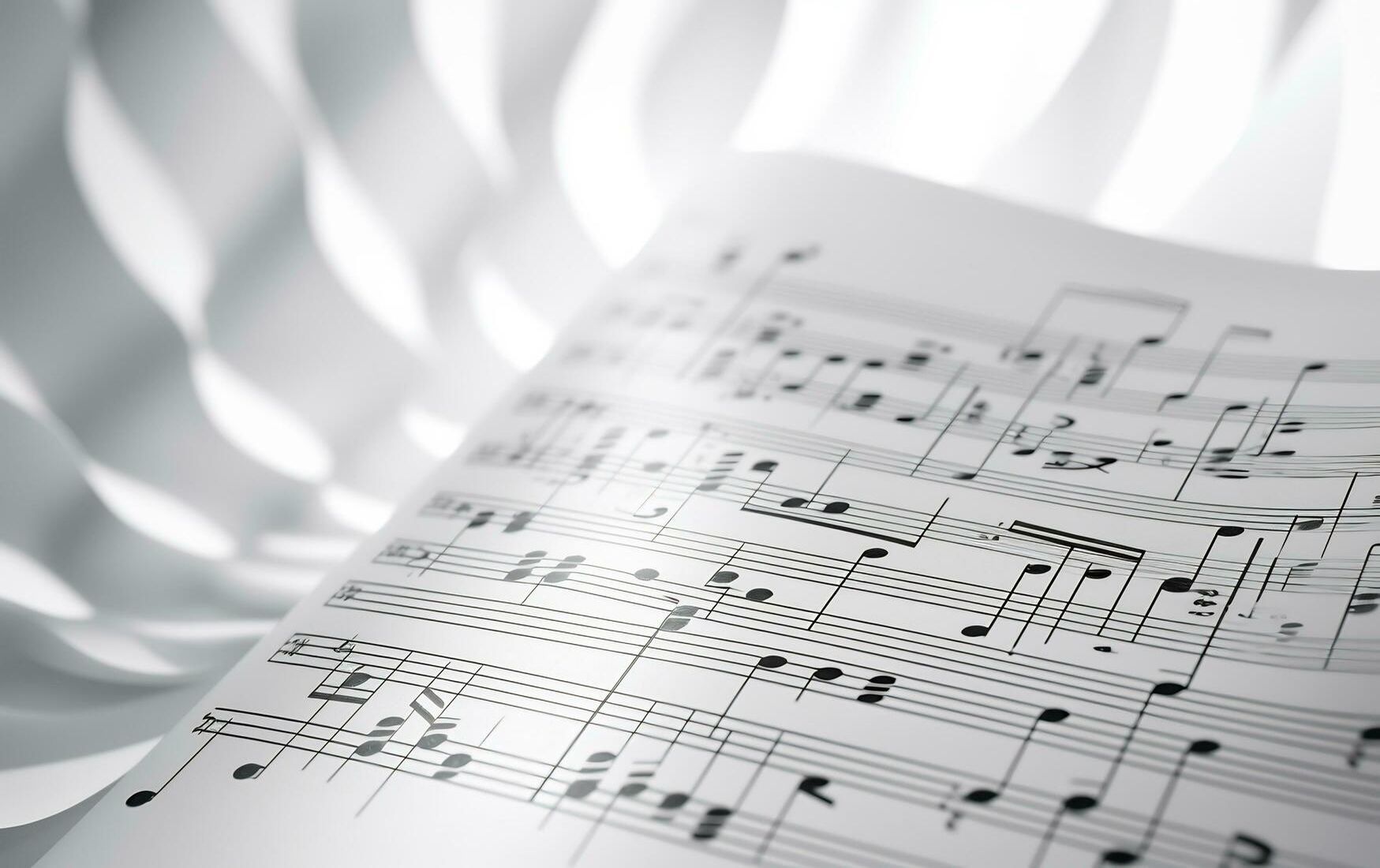

Note
What Is A Music Note Symbol Called
Modified: January 22, 2024
Discover what the symbol used to represent a music note is called. Learn more about the term "note" and its significance in music theory.
(Many of the links in this article redirect to a specific reviewed product. Your purchase of these products through affiliate links helps to generate commission for AudioLover.com, at no extra cost. Learn more)
Table of Contents
Introduction
Music is a universal language that transcends cultural boundaries, evoking emotions and connecting people on a deeper level. Behind the melodies and harmonies, one essential element helps to bring music to life – the music note symbol.
Music note symbols are not just arbitrary markings on a page; they represent specific pitches and durations, forming the foundation of musical compositions. Each symbol carries its own unique meaning and adds depth and character to a piece of music.
In this article, we will dive into the world of music note symbols, exploring their definitions, types, and functions. Whether you are a musician, a music lover, or simply curious about the fascinating language of music, this guide will provide valuable insights into the significance of these symbols and their role in creating beautiful melodies.
So, let’s embark on this musical journey and unravel the mysteries of music note symbols – the building blocks of musical expression.
Definition of a Music Note Symbol
Before we delve into the various types and functions of music note symbols, let’s start by understanding what exactly a music note symbol is.
A music note symbol is a graphical representation of a specific sound or pitch in written music. It serves as a visual representation of the duration and intensity of a musical note. Each symbol corresponds to a specific pitch, indicating whether it should be played high or low on the musical staff.
The music note symbols used in western music notation are derived from a system known as the “staff notation.” The staff, consisting of horizontal lines and spaces, provides a framework on which these symbols are placed.
The pitch and duration of a note are determined by various factors, such as the shape of the symbol, its position on the staff, and additional markings. Understanding how to read and interpret these symbols is crucial for accurately reproducing a piece of music.
While music note symbols primarily aid in reading and interpreting music, they also convey important information about rhythm, timing, and expression. The length and shape of a symbol indicate its duration, dictating how long the note is held or sustained. Additionally, certain symbols may include markings such as accents or staccato dots, which indicate how the note should be played or articulated.
Overall, music note symbols serve as the language through which composers and musicians communicate their musical ideas and intentions. They provide a standardized system that ensures consistency and accuracy in music performance and interpretation.
Types of Music Note Symbols
Music note symbols come in various shapes and forms, each representing a specific pitch and duration. Understanding the different types of music note symbols is essential for reading and interpreting sheet music accurately. Let’s explore some of the most common types:
- Whole Note (Semibreve): Represented by an open oval shape, the whole note is the longest in duration, typically held for four beats.
- Half Note (Minim): The half note resembles a hollow oval with a stem attached. It is held for two beats and is often seen in combination with other note symbols.
- Quarter Note (Crotchet): Recognizable by its filled-in oval shape with a stem, the quarter note lasts for one beat. It is the most common note symbol in music.
- Eighth Note (Quaver): The eighth note has a filled-in oval shape with a flag attached to its stem. It is typically held for half a beat and is often grouped together in pairs or clusters.
- Sixteenth Note (Semiquaver): With two flags attached to its stem, the sixteenth note is held for one-fourth of a beat. It is commonly found in fast-paced or intricate musical passages.
- Thirty-Second Note (Demisemiquaver): The thirty-second note has three flags attached to its stem and is held for one-eighth of a beat. It is used in highly complex musical compositions.
These are just a few examples of the many music note symbols used in sheet music. Understanding their shapes, durations, and how they relate to each other is crucial for reading and performing a musical piece accurately.
In addition to the note symbols themselves, other symbols, such as rests and ties, play vital roles in musical notation. Rest symbols indicate periods of silence, while tie symbols connect notes of the same pitch, extending their duration.
By familiarizing yourself with these different types of music note symbols, you will develop a strong foundation for reading and understanding sheet music, allowing you to bring the composer’s intentions to life through your musical performance.
Treble Clef Note Symbols
The treble clef is one of the most commonly used clefs in music notation. It is also known as the G clef due to the loop that encircles the second line of the staff, indicating that the line represents the note G. Treble clef note symbols are primarily used for higher-pitched instruments, such as the violin, flute, and trumpet. Here are some of the key treble clef note symbols:
- G: The treble clef’s starting point represents the note G above middle C. It is located on the second line of the staff and acts as a reference point for other note symbols.
- A, B, C, D, E, F: These notes follow the alphabetical sequence and are represented on the lines and spaces of the treble clef staff. The spaces between the lines also correspond to specific notes.
- Ledger Lines: When notes fall outside the range of the staff, ledger lines are used to extend the staff. Treble clef note symbols can be placed on or between these additional lines to represent higher or lower pitches.
- Accidentals: Sharp (#) and flat (b) symbols may also be added to treble clef note symbols to indicate a temporary alteration in pitch. They are placed before the note symbol and affect its pitch accordingly.
Mastering treble clef note symbols is essential for musicians who play instruments in higher registers. Being able to quickly identify and play these symbols accurately is crucial for interpreting and performing sheet music designed for treble clef instruments.
By developing a strong understanding of treble clef note symbols, along with their corresponding pitches and durations, musicians can confidently tackle challenging musical compositions and bring them to life with precision and expression.
Bass Clef Note Symbols
In contrast to the treble clef, the bass clef, also known as the F clef, is commonly used for lower-pitched instruments like the cello, double bass, and bassoon. It is called the F clef because the two dots on either side of the fourth line indicate that it represents the note F. Let’s explore the key bass clef note symbols:
- F: The bass clef’s starting point is placed on the fourth line of the staff, representing the note F below middle C.
- G, A, B, C, D, E: Similar to the treble clef, these notes follow the alphabetical sequence and are represented on the lines and spaces of the bass clef staff.
- Ledger Lines: As with the treble clef, bass clef note symbols can also extend beyond the staff. Ledger lines are used to indicate lower or higher pitches outside the standard range of the staff.
- Accidentals: Sharp (#) and flat (b) symbols can be added to bass clef note symbols, affecting the pitch accordingly. These symbols are placed before the note symbol to indicate a temporary alteration in pitch.
Musicians who play instruments in the bass clef must become proficient in interpreting and performing these note symbols accurately. The ability to quickly identify and play bass clef note symbols is vital for reading and properly executing sheet music composed for lower-pitched instruments.
By familiarizing themselves with bass clef note symbols, musicians can confidently navigate complex musical compositions, playing their instruments with precision and musicality.
Ledger Lines and Note Symbols
In music notation, ledger lines are used to extend the staff’s range beyond its traditional lines and spaces. They provide a way to notate notes that fall above or below the staff, allowing for a wider range of pitches to be represented. Ledger lines are particularly crucial when dealing with notes that exceed the staff’s normal range.
Ledger lines are placed above or below the note symbol, providing a visual indicator of the note’s pitch. These lines serve as a continuation of the staff, offering a reference point for accurately interpreting and playing the note.
The position of a note symbol in relation to the ledger lines determines its pitch. For example, if a note symbol is placed on a ledger line above the staff, it represents a higher pitched note. Conversely, a note symbol on a ledger line below the staff indicates a lower pitched note.
It is important to note that ledger lines do not affect the duration or timing of the note; they are solely used to indicate pitch. The duration of a note is determined by the shape and other markings on the note symbol itself.
When reading music with ledger lines, it is essential to carefully identify the note symbols, their positions, and their corresponding pitches. Whether it is a treble clef or a bass clef, understanding how to interpret ledger lines will ensure accurate performance and interpretation of the music.
By including ledger lines, music notation becomes more flexible, allowing for a greater range of musical expression. Musicians who are proficient in reading and interpreting note symbols on ledger lines have a wider repertoire of music at their disposal, enabling them to tackle more complex and challenging compositions.
Duration of Music Note Symbols
In addition to indicating pitch, music note symbols also convey important information about the duration or length of each note. The duration of a note determines how long it should be held or played. Understanding the various durations of music note symbols is crucial for accurately interpreting and performing a piece of music.
Here are the commonly used music note symbols and their corresponding durations:
- Whole Note (Semibreve): The whole note is the longest duration symbol, represented by an open oval shape. It is typically held for four beats in a standard 4/4 time signature.
- Half Note (Minim): The half note resembles a hollow oval shape with a stem attached. It is held for two beats, or half the duration of a whole note.
- Quarter Note (Crotchet): The quarter note is a filled-in oval shape with a stem. It lasts for one beat, or half the duration of a half note.
- Eighth Note (Quaver): An eighth note has a filled-in oval shape with a flag attached to its stem. With a duration of half a beat, it is played twice as fast as a quarter note.
- Sixteenth Note (Semiquaver): The sixteenth note has two flags attached to its stem, indicating that it is played for one-fourth of a beat. It is played four times as quickly as a quarter note.
- Thirty-Second Note (Demisemiquaver): With three flags attached to its stem, the thirty-second note is played for one-eighth of a beat. It is twice as fast as a sixteenth note.
These durations provide a framework for understanding the rhythm and timing of a piece of music. By combining these note symbols and their durations, composers can create complex rhythmic patterns and syncopation, adding depth and complexity to their compositions.
Additionally, note symbols can be modified by adding dots or ties, which further alter their durations. A dot placed after a note symbol increases its duration by half, while a tie connects two note symbols of the same pitch, combining their durations into one extended note.
By mastering the durations of music note symbols, musicians can accurately interpret and perform the rhythm and timing of a musical composition, allowing for a cohesive and expressive performance.
Commonly Used Music Note Symbols
Music note symbols play a fundamental role in communicating the pitch and duration of musical notes. Understanding the most commonly used music note symbols is essential for reading and interpreting sheet music accurately. Let’s explore some of these symbols:
- Whole Note (Semibreve): Represented by an open oval shape, the whole note is the longest in duration and typically held for four beats.
- Half Note (Minim): The half note resembles a hollow oval shape with a stem attached. It lasts for two beats and is often encountered alongside other note symbols.
- Quarter Note (Crotchet): Recognizable by its filled-in oval shape with a stem, the quarter note lasts for one beat and is the most common note symbol in music.
- Eighth Note (Quaver): The eighth note has a filled-in oval shape with a flag attached to its stem. It is played for half a beat and is commonly grouped together in pairs or clusters.
- Sixteenth Note (Semiquaver): With two flags attached to its stem, the sixteenth note is played for one-fourth of a beat. It is often found in fast-paced or intricate musical passages.
- Thirty-Second Note (Demisemiquaver): The thirty-second note has three flags attached to its stem and is played for one-eighth of a beat. It is used in highly complex musical compositions.
These note symbols, collectively known as rhythm values, provide a framework for conveying the duration and timing of each musical note. When combined with rests, which signify periods of silence, and other symbols like dots and ties, a rich array of rhythmic patterns and nuances can be created.
Additionally, note symbols can be modified by adding accidentals, such as sharps (#) or flats (b), altering their pitch. These alterations are indicated via symbols placed before the note symbols themselves.
By familiarizing ourselves with these commonly used music note symbols, we gain the ability to read and interpret sheet music more effectively. Musicians can accurately reproduce the intended rhythms, timings, and pitches, resulting in a faithful rendition of the composer’s work.
Conclusion
Music note symbols are the foundation of written music, allowing composers to convey their musical ideas and enabling musicians to bring those ideas to life. Understanding these symbols is essential for reading, interpreting, and performing sheet music accurately.
In this article, we explored the definition of music note symbols and learned about their various types, including treble clef and bass clef symbols. We also discussed the role of ledger lines in extending the range of the staff and how they affect note placement and pitch. Additionally, we delved into the durations of music note symbols and the significance of common symbols such as whole notes, half notes, quarter notes, eighth notes, sixteenth notes, and thirty-second notes.
By familiarizing ourselves with these symbols and their meanings, musicians gain the ability to read and interpret sheet music with confidence. This understanding allows for accurate reproduction of the intended rhythms and pitches, resulting in expressive and engaging musical performances.
Whether you are a musician, a music enthusiast, or simply curious about the language of music, developing a working knowledge of music note symbols is invaluable. It opens the door to a vast repertoire of musical compositions and empowers you to connect with the beauty and intricacies of the musical world.
So, let us embrace the power of music note symbols and continue to celebrate the universal language of music through our understanding, appreciation, and performance of this remarkable art form.

